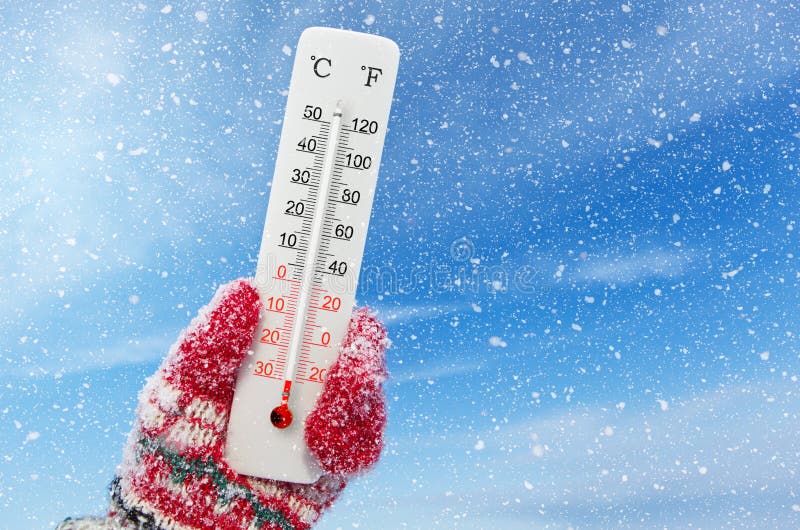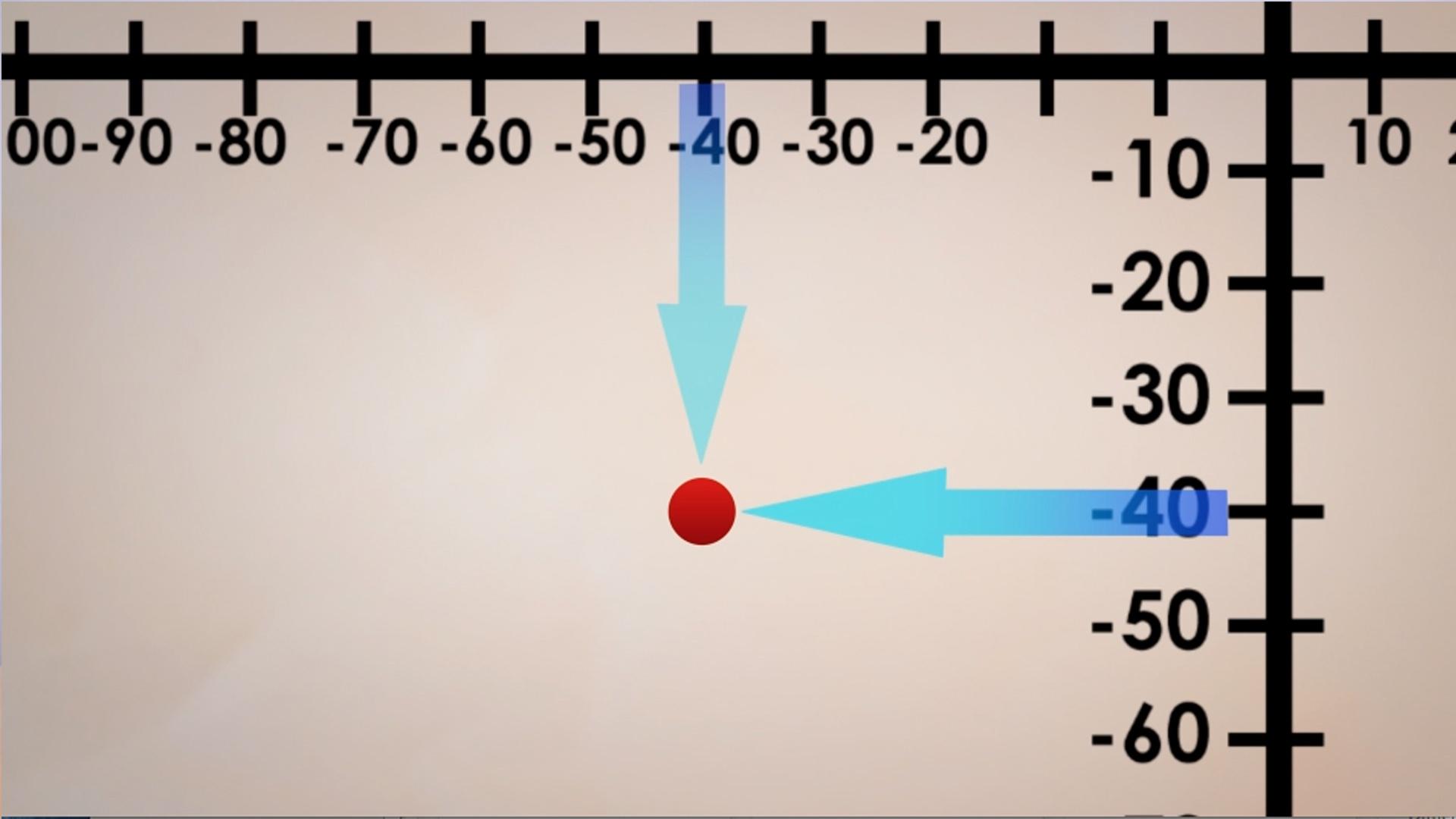Understanding temperature conversions is an essential skill in today's interconnected world, where different countries use various measurement systems. The conversion from Celsius to Fahrenheit, such as 37.9 degrees Celsius to Fahrenheit, is one of the most common calculations. Whether you're traveling, cooking, or working in a scientific field, knowing how to convert temperatures accurately is crucial.
Temperature plays a significant role in our daily lives, influencing everything from weather forecasts to medical diagnoses. The Celsius and Fahrenheit scales are the two most widely used temperature systems globally. While Celsius is the standard in most countries, Fahrenheit remains prevalent in the United States and a few other regions.
This article will delve into the intricacies of converting 37.9 degrees Celsius to Fahrenheit, providing detailed explanations, practical examples, and valuable insights to help you master this essential skill. Let's begin by exploring the background and importance of temperature conversions.
Read also:Hdhub4uin Your Ultimate Destination For Highquality Entertainment
Why Convert Celsius to Fahrenheit?
Temperature conversion is not just a mathematical exercise; it has real-world applications. For instance, if you're traveling to the United States and need to understand the local weather forecast, knowing how to convert Celsius to Fahrenheit is invaluable. Similarly, in healthcare, understanding temperature conversions can be crucial for diagnosing fever or monitoring body temperature.
Additionally, industries such as cooking, engineering, and meteorology rely heavily on accurate temperature measurements. Whether you're following a recipe in degrees Fahrenheit or analyzing weather patterns, the ability to convert between Celsius and Fahrenheit is indispensable.
Understanding the Celsius and Fahrenheit Scales
What is the Celsius Scale?
The Celsius scale, named after Swedish astronomer Anders Celsius, is a temperature measurement system widely used in most countries. It is based on the freezing and boiling points of water, with 0°C representing the freezing point and 100°C the boiling point at standard atmospheric pressure.
Many scientific calculations and international standards utilize the Celsius scale due to its simplicity and universal acceptance. It is also part of the International System of Units (SI), making it a standard for scientific research and communication.
What is the Fahrenheit Scale?
The Fahrenheit scale, developed by German physicist Daniel Gabriel Fahrenheit, is primarily used in the United States and a few other countries. It sets the freezing point of water at 32°F and the boiling point at 212°F under standard atmospheric conditions.
Although less common globally, the Fahrenheit scale remains significant in certain contexts, particularly in the U.S., where it is used in weather reports, cooking, and medical diagnostics.
Read also:Sone436 Plot The Ultimate Guide To Understanding Its Intricacies
The Formula for Celsius to Fahrenheit Conversion
To convert Celsius to Fahrenheit, you can use the following formula:
F = (C × 9/5) + 32
Where:
- F represents the temperature in Fahrenheit.
- C represents the temperature in Celsius.
This formula is straightforward and provides precise results. By applying it, you can easily convert any temperature from Celsius to Fahrenheit.
Converting 37.9 Degrees Celsius to Fahrenheit
Using the formula mentioned above, let's calculate 37.9 degrees Celsius to Fahrenheit:
F = (37.9 × 9/5) + 32
F = (37.9 × 1.8) + 32
F = 68.22 + 32
F = 100.22
Therefore, 37.9 degrees Celsius is approximately 100.22 degrees Fahrenheit.
Applications of Temperature Conversion
1. Weather Forecasting
Weather forecasts often require temperature conversions, especially when catering to an international audience. Meteorologists must ensure that temperature data is presented in a format familiar to the target audience, whether in Celsius or Fahrenheit.
2. Medical Diagnostics
In healthcare, accurate temperature measurements are critical for diagnosing illnesses such as fever. Medical professionals often need to convert temperatures to ensure consistency and accuracy in patient records.
3. Cooking and Baking
Chefs and home cooks frequently encounter recipes that use different temperature scales. Converting temperatures ensures that dishes are cooked to perfection, regardless of the measurement system used in the recipe.
Common Temperature Conversion Examples
Here are some commonly converted temperatures between Celsius and Fahrenheit:
- 0°C = 32°F
- 25°C = 77°F
- 37°C = 98.6°F
- 100°C = 212°F
These examples illustrate the practical applications of temperature conversion in everyday life.
Tools for Temperature Conversion
Online Conversion Tools
Several online tools and applications can help you convert temperatures quickly and accurately. Websites such as the National Institute of Standards and Technology (NIST) and Wolfram Alpha provide reliable resources for temperature conversion.
Mobile Apps
Mobile applications designed for unit conversion offer convenience and accessibility. These apps often include additional features, such as history tracking and customizable settings, enhancing the user experience.
Challenges in Temperature Conversion
While the formula for converting Celsius to Fahrenheit is straightforward, certain challenges can arise:
- Human error in calculations.
- Misunderstanding of the scales or units.
- Complex conversions involving decimal points or fractions.
To overcome these challenges, it is essential to practice regularly and utilize reliable tools and resources.
Conclusion
In conclusion, understanding how to convert 37.9 degrees Celsius to Fahrenheit is a valuable skill with numerous practical applications. By mastering the conversion formula and familiarizing yourself with the Celsius and Fahrenheit scales, you can confidently navigate temperature-related tasks in various contexts.
We encourage you to practice the conversion techniques discussed in this article and explore additional resources for further learning. Don't forget to share your thoughts and experiences in the comments section below. Additionally, feel free to explore other articles on our website for more informative content.
Table of Contents
- Why Convert Celsius to Fahrenheit?
- Understanding the Celsius and Fahrenheit Scales
- The Formula for Celsius to Fahrenheit Conversion
- Converting 37.9 Degrees Celsius to Fahrenheit
- Applications of Temperature Conversion
- Common Temperature Conversion Examples
- Tools for Temperature Conversion
- Challenges in Temperature Conversion
- Conclusion

